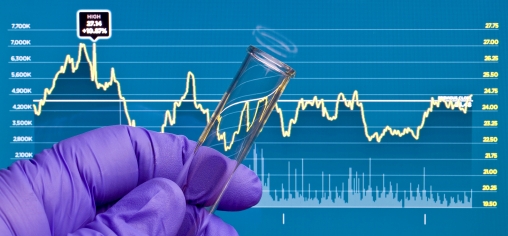
Health insurance companies have experienced dramatically higher stock prices in the two years since the passage of President Obama’s health care law, thanks to the individual mandate to purchase their product.
Wellpoint (WLP) was at about $80/share in 2007, dropped significantly in price shortly after the 2008 election, and is now at about $65/share. Similarly, Humana (HUM) was selling at $84/share in early 2008 and is now at around $90/share.
These stock hikes result in great part from Obama’s individual mandate, according to Avik Roy, a senior fellow at the Manhattan Institute and a health care equity analyst.
“There are two big drivers of insurer stock performance: first, low utilization of health care services, especially hospitalization, due to the recession means that insurers have collected more in premiums than they’ve paid out in medical costs,” Roy said. “And second, Wall Street’s assumption that the individual mandate will stick, and therefore that insurers will have a guaranteed business going forward.
“The big rise after the law passed was because the uncertainty was eliminated,” Roy explained. But he notes this uncertainty will return should the Supreme Court find the individual mandate unconstitutional this spring.
Profits Now, Risks to Come
Edmund Haislmaier, senior research fellow in health policy studies at the Heritage Foundation, agrees insurers are profiting from the law currently. He says part of that is just a result of the so-called underwriting cycle.
“There’s about a three-year cycle of profitability in the insurance industry,” Haislmaier explained. “What happens is as they make more money, their shares look more attractive, their market share gets squeezed, and so they cut prices to increase market share, they cut profits, and their stock goes back down and we start over again. It goes about three years.
“The for-profits will be the winners, yes, because they have the capacity to buy up the others. But that’s in the long term,” Haislmaier added. “There may be short-term fluctuations in underwriting cycles and markets” in response to regulations and court decisions.
While insurers are profiting in the short term, Haislmaier says it is not yet clear whether the increased capitalization will translate into long-term viability for the industry or the burden of future government regulation will be too much to overcome.












